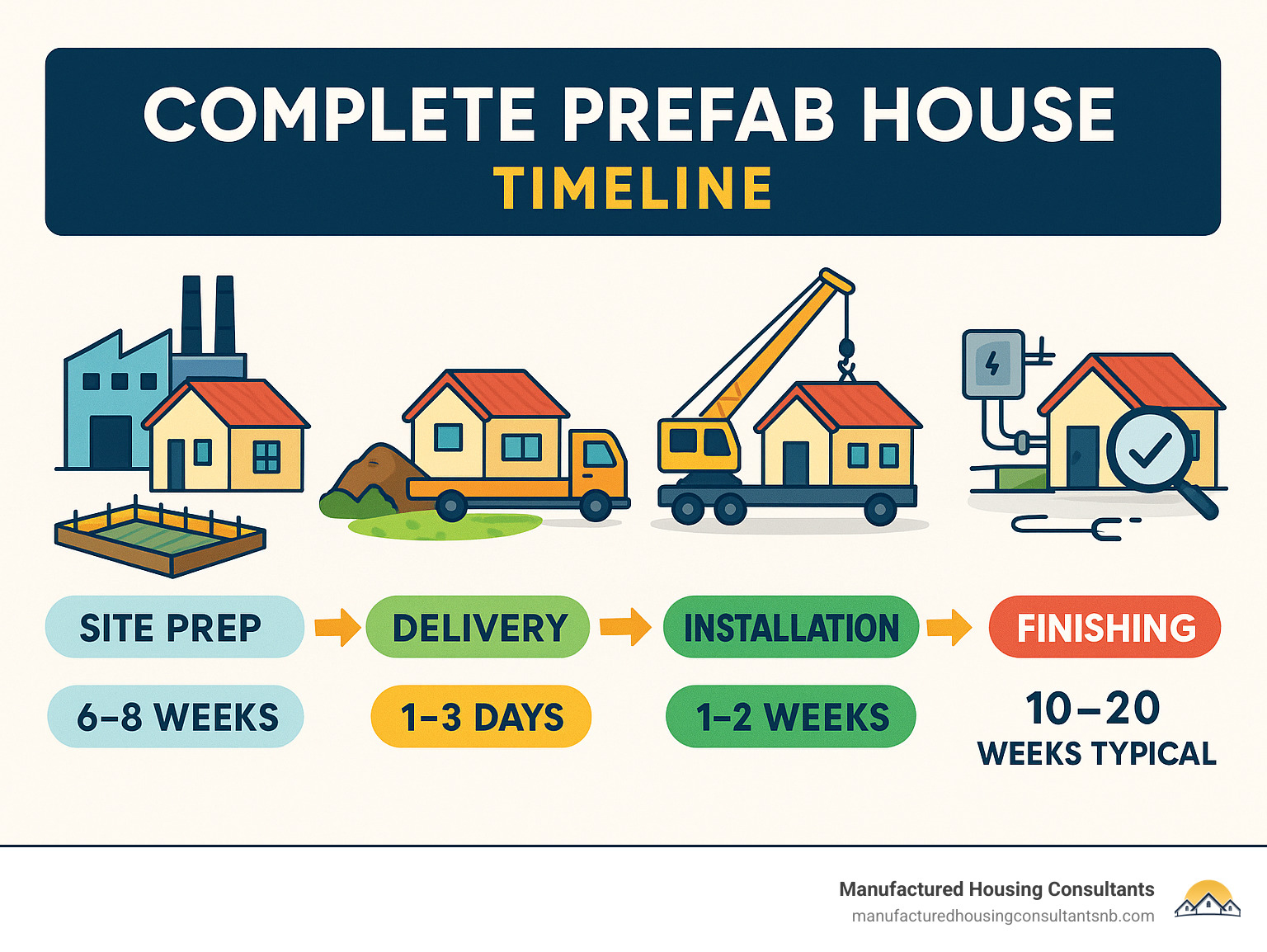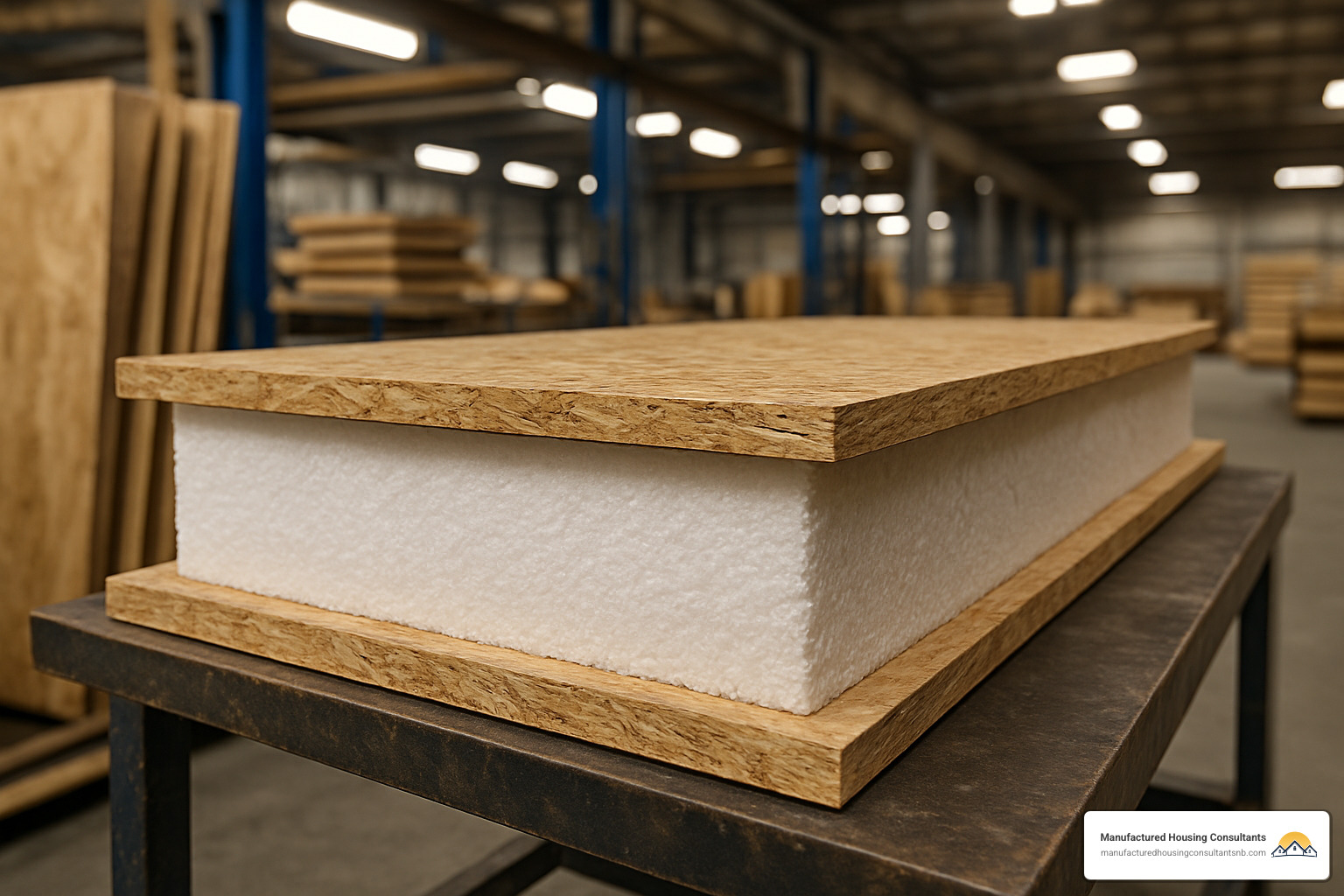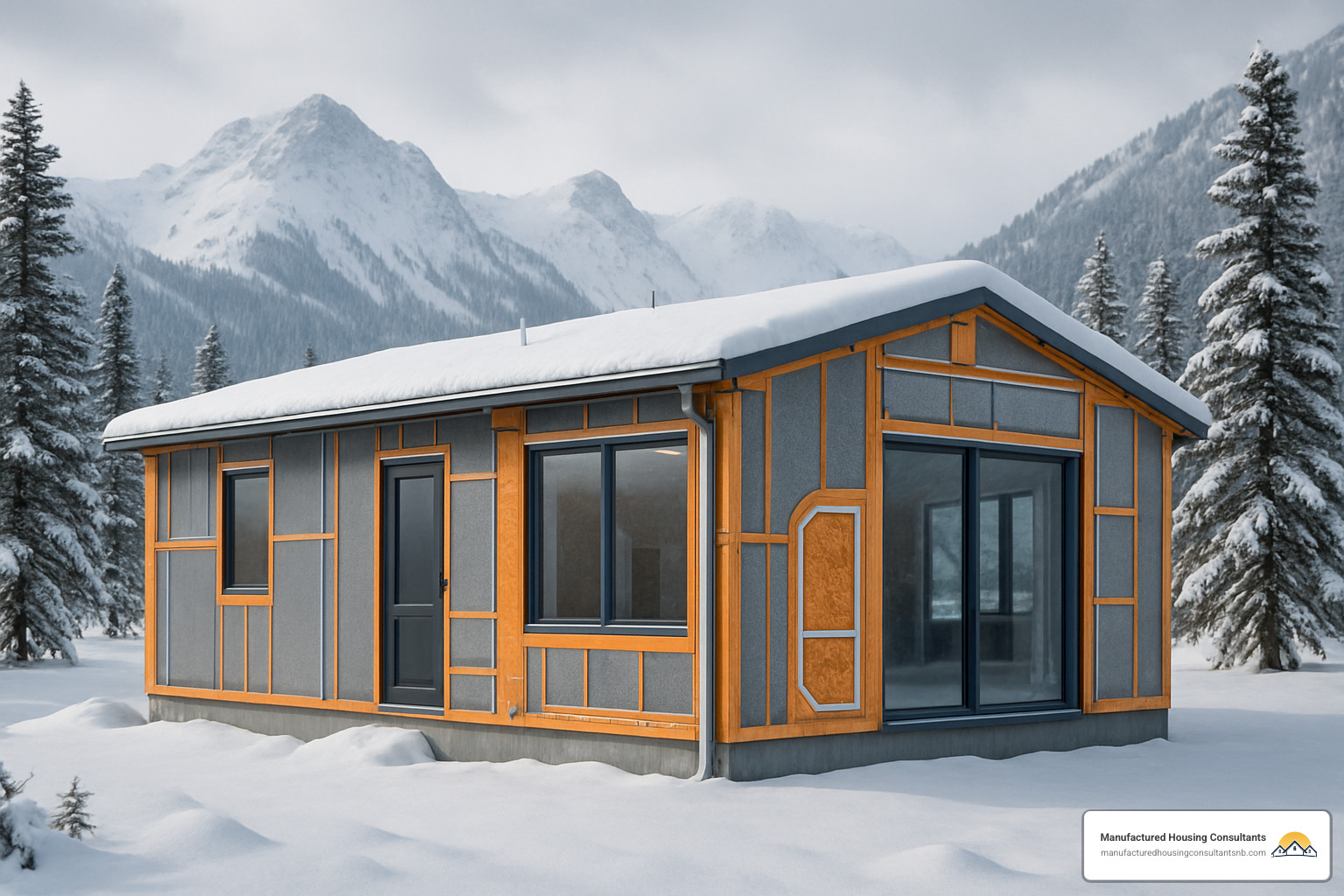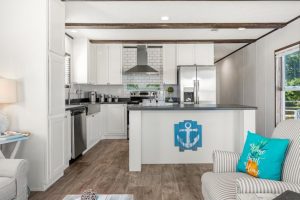7 Convincing Reasons You Need to Consider Cheap Prefab Houses
Discover 7 big reasons cheap prefab houses are smart, fast, eco-friendly, and budget-wise options for affordable modern living.
Why Cheap Prefab Houses Are Revolutionizing Affordable Homeownership
Cheap prefab houses are factory-built homes that cost significantly less than traditional construction, with prices starting as low as $7,500 and most models under $35,000. These homes are manufactured in controlled environments and delivered to your site for quick assembly.
Quick Answer for Cheap Prefab Houses:
- Price Range: $7,500 – $35,000 for most models
- Size Options: 400 – 1,400 sq ft typical
- Build Time: 3-5 months vs 12+ months traditional
- Cost Per Sq Ft: $50-$150 vs $150-$300 traditional
- Delivery: Often included free
- Setup Cost: $3,000 – $12,000 additional
The housing affordability crisis has pushed home prices beyond reach for millions of Americans. Traditional home costs have skyrocketed while wages haven’t kept pace. This perfect storm created massive demand for alternatives.
Enter the prefab revolution. Search volume for “cheap prefabricated house” jumped 50% year-over-year, with monthly searches ranging from 6,600 to 9,900. People are finding what smart buyers already know: factory-built doesn’t mean cheap quality.
These aren’t your grandfather’s mobile homes. Modern prefab houses use advanced materials like structural insulated panels (SIPs), steel frames, and even bamboo walls. Some models survived 173 mph hurricane winds while traditional homes suffered major damage.
The numbers tell the story. Where a custom home might cost $300 per square foot and take 18 months, prefab homes deliver at $100-150 per square foot in just 10-20 weeks. As one industry expert put it: “Prefab homes are almost a pop-up house because indoor factory assembly avoids weather delays.”

Basic cheap prefab houses vocab:
- affordable eco friendly modular homes
- cheap mobile trailer homes for sale
- cheap trailer house for sale
7 Big Advantages of Cheap Prefab Houses

When families walk into our New Braunfels showroom, they’re often surprised by what modern cheap prefab houses can offer. These aren’t the basic boxes you might imagine—we’re talking about real homes with full kitchens, bathrooms, and thoughtful layouts that rival custom builds.
The factory assembly line approach creates advantages that go far beyond just saving money. The cost savings are incredible—we regularly help families find quality models under $20,000 that would cost triple that to build on-site. But the real magic happens when you look at the complete picture.
Factory construction means zero weather delays, consistent quality control, and materials that often exceed traditional building standards. We’ve watched families move into their dream homes in just a few months instead of waiting over a year for site-built construction.
Cheap Prefab Houses vs Traditional Builds
The difference between cheap prefab houses and traditional construction becomes crystal clear when you compare the real numbers side by side:
| Factor | Cheap Prefab Houses | Traditional Builds |
|---|---|---|
| Cost per sq ft | $50-$150 | $150-$300 |
| Build timeline | 3-5 months | 12-18 months |
| Weather delays | Zero (factory-built) | 2-6 months typical |
| Material waste | 60% less | Standard industry waste |
| Quality control | Factory inspections | Variable site conditions |
Scientific research on modular building backs up what we see every day—prefab homes consistently deliver faster completion times and better cost control than site-built alternatives.
Last month, we helped a young couple who saved over $85,000 by choosing prefab over a custom build. They told us later: “We never imagined we’d get this quality and still have money left for furnishing and landscaping.”
The secret lies in controlled factory conditions. While traditional builds face unpredictable weather, material theft, and varying crew quality, prefab manufacturers work with the same skilled teams using proven processes every single day.
Materials & Sustainability
Modern cheap prefab houses use materials that would make traditional builders jealous. We’re talking about engineered solutions that deliver both affordability and performance that often exceeds site-built standards.

Structural Insulated Panels (SIPs) are real game-changers in the prefab world. These factory-made panels combine structural strength with superior insulation in one component. Scientific research on healthier buildings shows SIPs can actually be more fire-resistant than conventional construction while providing much better air-tightness.
The materials we see in today’s prefab homes include steel frames for hurricane-zone durability, bamboo walls that actually help the environment by storing carbon, and straw panel insulation for those wanting off-grid living. Some manufacturers even use high-strength steel composite boards that are completely waterproof and temperature-resistant.
Factory construction cuts material waste by up to 60% compared to traditional building sites. We’ve worked with families whose prefab homes qualified for energy tax credits thanks to their efficient design and advanced materials. One client in Texas told us their solar panels actually generate more energy than their super-efficient prefab home uses most months.
Durability & Weather Resistance
Here’s something that surprises most people: cheap prefab houses often handle extreme weather better than expensive site-built homes. The proof is in real-world testing that would make your jaw drop.
A bamboo-clad prefab home actually survived 173 mph hurricane winds in Cudjoe Key, Florida, while many traditional homes in the same area suffered major damage. The reason? Prefab homes must be built strong enough to survive shipping stresses, which makes them incredibly sturdy.

The reinforced framing required for transport creates structures that are often stronger than site-built homes. Factory-controlled assembly ensures every connection is properly fastened and sealed. Most prefab homes use 25% more structural members than typical site builds and feature engineered connections that are tested for both wind and earthquake loads.
We’ve worked with clients whose prefab homes sailed through Hurricane Harvey and Hurricane Ike with minimal damage. One family told us they felt safer in their prefab during Hurricane Milton than they would have in most traditional homes. The engineering requirements for crane lifting and truck transport actually create a hidden durability advantage that exceeds most weather events.
Cheap Prefab Houses and Year-Round Comfort
The comfort level in modern cheap prefab houses amazes families who thought affordable meant sacrificing livability. We regularly work with clients who can’t believe how spacious and comfortable their compact homes feel.
Most of our buyers find their sweet spot between 400 and 1,400 square feet. These sizes offer open-plan layouts that feel much larger than their actual footprint, smart storage solutions built into every available space, and high-performance insulation with R-38 roof, R-13 walls, and R-22 floors that keep energy bills low year-round.
More info about Affordable Eco-Friendly Modular Homes shows how thoughtful design maximizes comfort per square foot in ways that surprise even skeptical buyers.
Whether you’re planning an ADU for rental income or a full-time family home, prefab designs are optimized for real living. We’ve seen families of four thrive in well-designed 800 square foot prefabs, while couples absolutely love the efficiency and low maintenance of 400-600 square foot models.
Smart design makes all the difference. Floor-to-ceiling windows flood spaces with natural light, while open concepts eliminate wasted hallway space. Many models include outdoor decks or patios that effectively double your living area when weather permits.
Transparent Pricing, Hidden Fees & Financing
One of the biggest reliefs for families choosing cheap prefab houses is finally getting honest, upfront pricing. Unlike traditional builds where costs can spiral completely out of control, prefab pricing is largely fixed from the start.

Here’s what we typically see for total investment in quality prefab homes. Entry models start around $7,500 to $15,000, while our popular 2-3 bedroom models range from $15,000 to $35,000. Luxury prefab options can reach $35,000 to $65,000 but still cost far less than comparable site-built homes.
Beyond the base home cost, you’ll want to budget for delivery (often free, up to $3,000 for remote locations), foundation work ($2,000-$8,000 depending on your soil and home size), setup and installation ($3,000-$12,000), permits and inspections ($500-$2,000), and utility connections ($1,000-$5,000).
More info about Affordable Prefab Houses explains financing options that many buyers don’t realize are available, including FHA and VA loans for quality prefab homes.
We help clients understand that banks treat well-built prefab homes exactly the same as site-built homes for financing purposes. This opens up conventional mortgages instead of limiting you to personal loans. Customer ratings for budget prefab homes vary widely, which is exactly why working with experienced dealers matters—we help you avoid the duds and find the real gems.
Buying Guide, Permits & Next Steps

So you’re ready to take the plunge into cheap prefab houses? Smart choice! The process might seem overwhelming at first, but it’s actually much more straightforward than traditional construction. We’ve guided hundreds of families through this journey, and honestly, most are surprised by how smooth it goes.
The first reality check is your building site. Your cheap prefab houses can’t just plop down anywhere—the land needs proper preparation. You’ll need a level building pad with good drainage, plus utility rough-ins for electric, water, and sewer connections. Don’t forget about access roads either. Those delivery trucks and cranes need to actually reach your property!
Foundation choices matter more than you might think. Some areas require permanent foundations for financing purposes, while others accept pier systems. Concrete slabs work great for most applications and typically run $2,000-$8,000 depending on your home’s size and local soil conditions.
Here’s where things get tricky: zoning and building codes. Not every area welcomes prefab construction with open arms. Some neighborhoods have minimum square footage requirements or architectural standards that could affect your plans. HOA communities can be especially picky about prefab homes.
We help our Texas clients steer these regulations all the time, but rules vary dramatically by location. What flies in rural areas might not work in city limits. The good news? Most areas are becoming more prefab-friendly as the housing crisis deepens.
Utility hookups deserve their own budget line—typically $1,000-$5,000 depending on how far you are from existing services. Electrical service and panel installation, water and sewer connections, and propane or natural gas lines all add up. Smart buyers plan for internet and cable rough-ins too.
From Quote to Move-In: Timeline & Installation Costs
The timeline for cheap prefab houses beats traditional construction by miles. We’re talking 10-12 weeks total versus 12-18 months for stick-built homes. Here’s how it typically unfolds:
The first couple weeks involve planning and permits—site surveys, soil testing, permit applications, and foundation design. While you’re handling paperwork, excavation can begin. This parallel processing saves enormous amounts of time.
Factory production takes the bulk of your timeline at 6-8 weeks. Your home gets built in a climate-controlled environment with quality inspections at each stage. Meanwhile, foundation work proceeds on your site. It’s like having two construction crews working simultaneously.
Delivery and installation happens fast—usually just 1-2 days for the actual placement. Transport fees run about $2-5 per mile from the factory, which is often included free within certain distances. The crane service typically costs $150-300 per hour for 4-8 hours of work.
Final inspections and utility connections wrap up the process. Local building inspections, utility finals, and your walk-through usually take another week or two. Many manufacturers promise 45-day delivery, and we consistently see them hit these targets.
At Manufactured Housing Consultants, we coordinate this entire process for our clients. Our experience with Affordable Modular Homes Texas means fewer surprises and faster completion times.
Installation costs break down pretty predictably. Foundation crews charge $100-150 per day per worker, utility connections run $75-125 per hour for licensed trades, and setup supervision costs about $130 per day plus travel expenses.
The DIY versus turnkey decision can save or cost you significantly. Handy homeowners might tackle interior finishing themselves and save $10,000-$20,000 in labor costs. The base shell comes with basic systems, and you handle flooring, paint, and trim work.
Turnkey delivery means move-in ready with all finishes complete. Busy professionals often prefer this route despite the higher cost. There’s also a hybrid option where you get a turnkey structure but handle your own upgrades and personal touches.
We help match the approach to your skills and timeline. A retired couple with time and DIY experience might love the savings opportunity, while young families often need turnkey solutions. Our More info about our homes page shows exactly what’s included with each manufacturer we represent.
Financing options for cheap prefab houses are better than most people realize. Conventional mortgages work for homes on permanent foundations, FHA loans require as little as 3.5% down, and VA loans offer zero down options for qualified veterans. Smaller models under $50,000 often qualify for personal loans, while land equity loans work great if you already own your building site.
We work with lenders who understand prefab construction and can close loans quickly. The secret is choosing quality manufacturers whose homes meet lending standards—something we’ve already vetted for our clients.
Ready to start your cheap prefab houses journey? Here’s your roadmap: Define your total budget including land and setup costs, research local zoning requirements, visit our New Braunfels location to see models firsthand, get pre-qualified for financing, and choose your building site to begin permit applications.
The prefab revolution is making homeownership possible for families who thought they were priced out forever. With our guaranteed lowest prices and selection from 11 top manufacturers, you’ll find the right home at the right price. Contact us today to start this exciting journey toward affordable homeownership.


